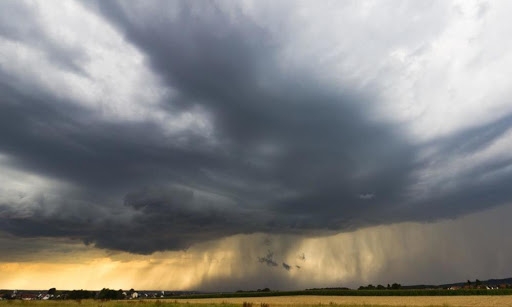Precipitation deficits in Canada, Kazakhstan, and precipitation forecasts in the United States are the main weather factors affecting prices

In the coming weeks, crop traders will focus on weather conditions in the spring wheat and canola growing area in Canada, as well as increased drought in Kazakhstan. The weather in Russia and Ukraine contributes to the acceleration of grain harvesting, and in the United States, heavy precipitation is forecast for the next week in the corn and soybean belts, as well as light precipitation in the northern Plains.
In the Midwest of the United States, in areas growing corn and soybeans, quite favorable weather was established with normal temperatures and precipitation, and even more rain and heavy rains are forecast for the coming week.
In some areas in the Northwest where there is still a lack of moisture, precipitation will not be as intense, and the drought will continue to reduce the potential of the crop.
Heavy precipitation will occur in the southern plains of the United States (Nebraska, Kansas), which will improve the condition of corn and soybean crops, but will lead to a further delay in harvesting winter wheat.
Areas of the northern Plains will also receive their share of precipitation, but as usual, this season they will be quite limited for the states of North Dakota, Montana and Washington, where the condition of spring wheat crops is estimated as bad and very bad at 61%, 63% and 68%, respectively.
This week, there was light precipitation in the Canadian prairies, which caused a drop in prices for canola and rapeseed, but the amount and geography of precipitation was quite limited, so canola and spring wheat crops still suffer from a lack of moisture, especially after a wave of hot weather in June. Weather forecasts for the coming week show light precipitation, but their amount will not be enough to improve the condition of crops, the only consolation is that the temperatures will be moderate.
In Brazil, in the southern regions, frosts last week caused significant damage to unripe corn, which was already suffering from arid conditions. Harvesting of corn of the Second Harvest has already begun and forecasts of the corn harvest continue to decline and are now announced at the level of 85 to 93 million tons.
In the south of Russia and Ukraine, dry and hot weather has finally been established, which will contribute to the harvest of winter wheat, barley and rapeseed, according to estimates, the yield is much higher than last year, and the quality is within the normal range. In the coming weeks, temperatures are forecast to rise to 30-35 degrees without precipitation, which may negatively affect corn, soybeans and other spring crops.
In the north-western regions of Kazakhstan, the drought is increasing and according to Kazhydromet, high temperatures will remain in July with minimal precipitation, which will negatively affect spring wheat crops that are in the filling stage and crop losses may amount to up to 20-30%.


